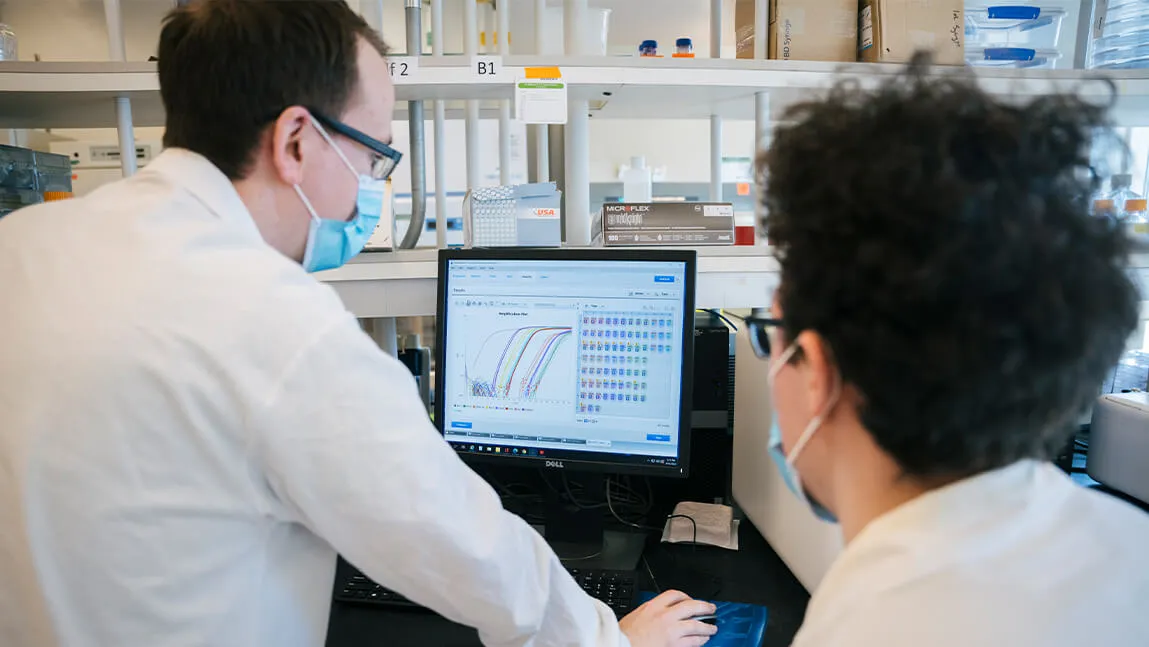The University of Vermont faculty and staff attracted over a quarter-billion dollars in research funding in the fiscal year ending last June 30, reaching a new all-time high. In recent years, the university has focused its research activities on the health of our environment and societies with increased emphasis on building a campus infrastructure to support researchers’ work.
“Research at UVM directly addresses the global challenges of our time, seeking solutions that benefit Vermont and the world,” said President Suresh Garimella. “Our scholars’ success in securing external funding reflects the world-class quality of the faculty and our collective ambition to position UVM among the most successful public research universities in the U.S.”
UVM attracted $250.1 million for research last fiscal year, an 8.3% increase from the $231 million total of the previous fiscal year, marking a third consecutive year of robust research growth. For the first time, this year UVM ranks among the top 100 public research universities in the country, according to the most recent National Science Foundation (NSF) Higher Education Research and Development (HERD) survey.
A large component of last year’s growth is the increasing number of competitive awards UVM faculty proposed and won. Faculty garnered more than 40 awards of $1 million or more compared to 27 in the previous year.
The Larner College of Medicine had another impressive year of research growth, with over $108 million of research awards, funding projects that address the ever-evolving healthcare challenges of Vermont and beyond. Recent grants directly support the Vermont Center for Cardiovascular and Brain Health, the Vermont Center on Behavior and Health, and the UVM Center for Biomedical Shared Resources.
In total, the Larner College of Medicine earned 400 research awards in fiscal year 2022, 52% of UVM’s 798 total awards. This represents an 8% increase from the year before. But research activities are increasingly spread across multiple colleges and schools, including the College of Agriculture and Life Sciences, the College of Arts and Sciences, the Rubenstein School of Environment and Natural Resources, the College of Engineering and Mathematical Sciences, the College of Education and Social Services, and the College of Nursing and Health Sciences. Together, this group accounted for 48% of all awards, and 50% of total sponsored research funding.

“Looking at the variety of academic disciplines winning increasing support for research, it’s easy to see why UVM is now among the top 100 public research universities in the United States,” said UVM Vice President for Research Kirk Dombrowski.
“As we continue to build upon our research strengths, expanded funding and more and more innovative approaches are fueling the UVM research engine,” said Dombrowski. “That engine, in turn, drives sustained economic development in Vermont and will strengthen our economy and quality of life in the state in ways we have yet to see.”
An important aspect of economic development is UVM’s focus on corporate partnerships and technology commercialization. UVM Innovations’ gross revenue from technology transfer opportunities and UVM startups topped $1 million for the first time thanks to the spin-off of UVM startup Packetized Energy, acquired by EnergyHub in March.
UVM’s growing list of corporate partners includes Mass Mutual, Agilent Technologies, Seventh Generation, and Global Foundries. UVM recently dedicated the Agilent Laboratory for Chemical Analysis, a hub for advanced instrumentation that will be a valuable technology resource for local and regional businesses. The lab was made possible by the partnership with Agilent.
As the state’s land grant university, supporting and increasing economic vitality in Vermont is one of the university’s top strategic imperatives.
